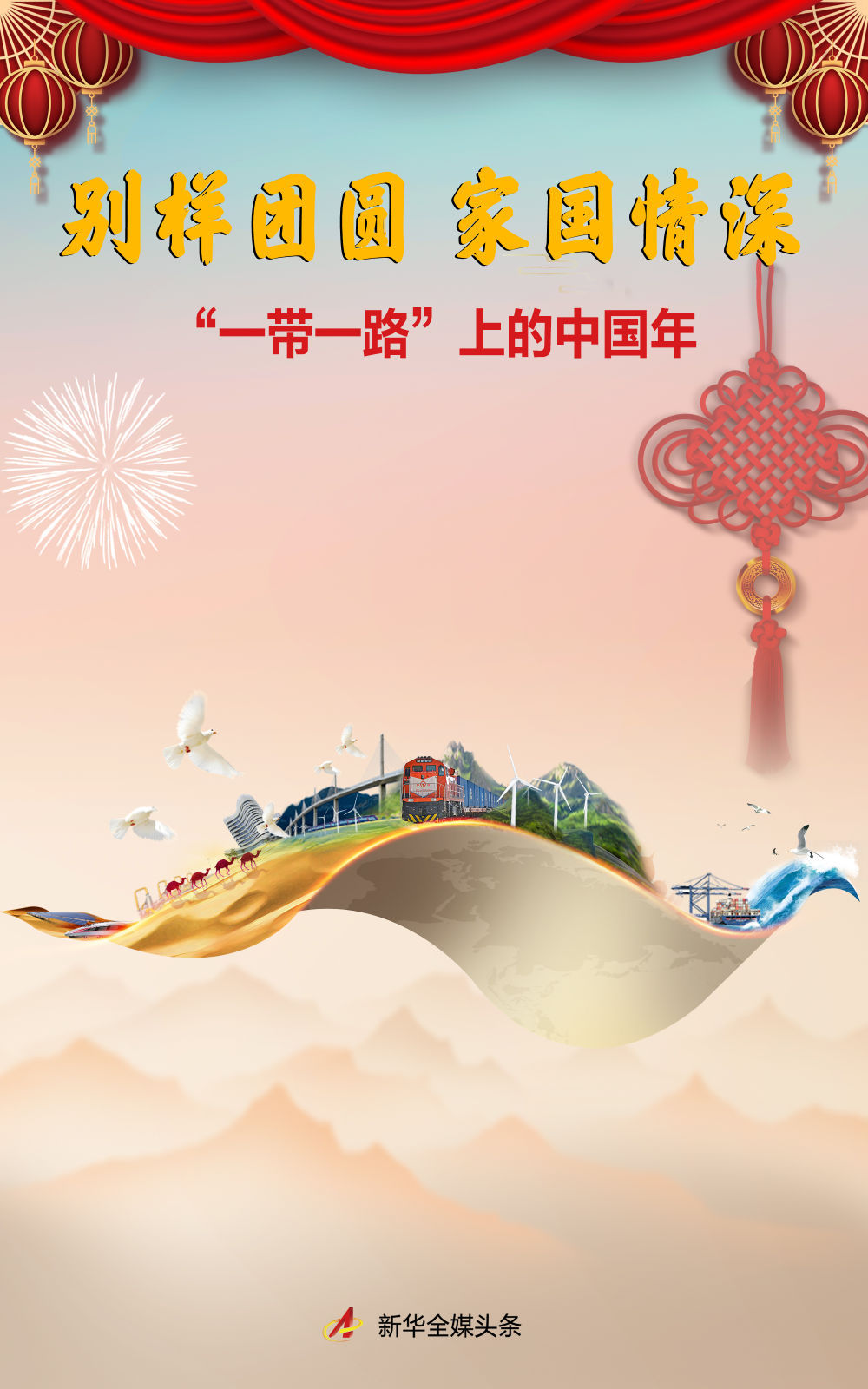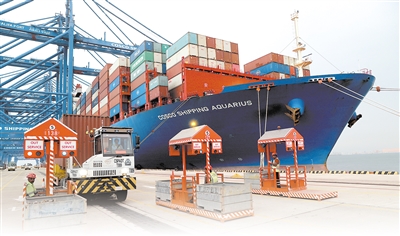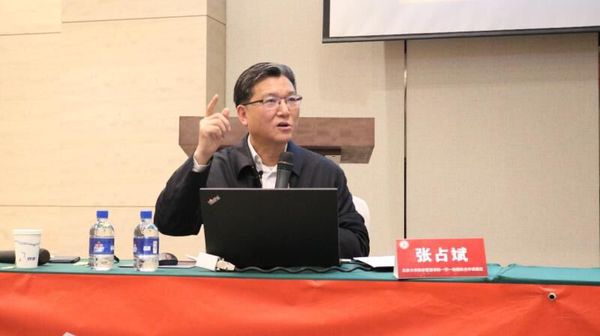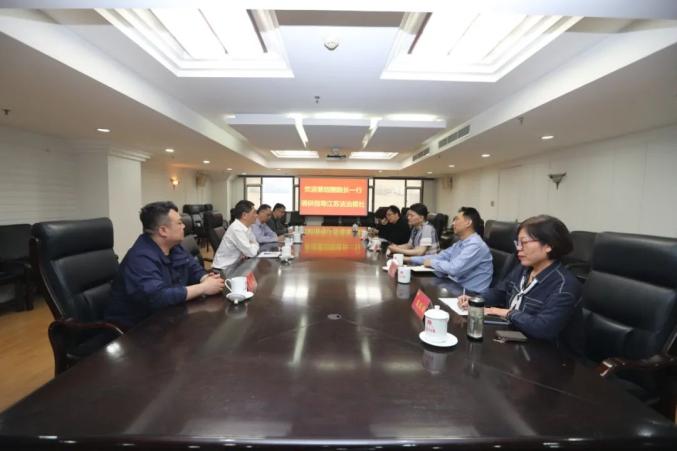The RMB Has Released Big News One After Another!
The RMB Has Released Big News One After Another!
Economic Network | www.ceweekly.cn Reporter Zhou Qi of this magazine recently made two financial news: On September 11, the People's Bank of China and the People's Bank of Indonesia jointly launched a bilateral local currency settlement framework, and also established QR code interconnection; from September 7 to 8
The recent two financial news are quite eye-catching: On September 11, the People's Bank of China and the People's Bank of Indonesia jointly launched a bilateral local currency settlement framework and also established QR code interconnection; from September 7 to 8, we renewed the local currency swap agreement with the European Central Bank, the Swiss National Bank and the Hungarian Central Bank, with a total amount of 540 billion yuan.
Some netizens asked: Is the RMB going to challenge the US dollar?
In this regard, Huang Qifan said it very clearly: "Whether it can become a world currency depends on the needs of world economic development. The RMB is increasingly accepted by more and more economies and market entities, but this cannot be considered that the RMB can replace the world status of the US dollar."

Posted by Xinhua News Agency
What is "local currency swap"? Actually, it’s very simple to say it out loud.
It is like the central banks of two countries or regions, which have issued each other "monetary credit cards". First, make an agreement on the exchange ratio. If the company needs the other party’s currency, it can “withdraw” in proportion, and exchange it for the local currency and pay some interest when it is due. It’s not considered a debt usually, it’s the same as applying for a credit card without swiping it.
For enterprises, this is simply a "money-saving tool". In the past, when our company was doing business abroad, if the other party did not charge US dollars, it had to exchange RMB for US dollars first, and then exchange US dollars for the other party's currency. With such a turnaround, exchange rate fluctuations may waste profits and a lot of handling fees have to be paid. With the "local currency swap" as the foundation, it will save you much more worry.
This is actually an innovation to "get rid of US dollar middlemen". If you buy bulk commodities such as oil and iron ore in the future, you can also pay with RMB pricing, which will be more troublesome.
As of May 31 this year, the central bank of my country has signed bilateral local currency swap agreements with central banks or monetary authorities in 32 countries and regions.
On June 18, Zhu Hexin, deputy governor of the People's Bank of China and director of the State Administration of Foreign Exchange, revealed that in the future, the proportion of foreign exchange hedging of enterprises and the proportion of cross-border RMB revenue and expenditure under goods trade will increase to about 30%.
After all, China's currency swap with so many countries and regions is essentially installing "anti-skid chains" for trade, so that enterprises can be less trouble and finance can be more stable.
Why spend energy on promoting local currency swaps?
This requires a clear question: The United States is a country with severe overdrawn globally, so why is the US dollar still so valuable?
In fact, what is really valuable is not the US dollar itself, but the most valuable goods and assets in the world, all denominated in US dollars. If you want to buy, you must get the US dollar first.
This has become a constraint on development to a certain extent and affects monetary sovereignty.
In order to stabilize the exchange rate, the People's Bank of China has to continue to buy US dollars. If the Fed is relaxed, we have to passively relax, which can easily trigger asset bubbles.

Posted by Xinhua News Agency
Pan Yingli, a professor at the Antai School of Economics and Management of Shanghai Jiaotong University, pointed out that before 2014, the RMB was mostly invested by foreign exchange settlement - that is, buying US dollars to invest, and using US dollars as reserves to issue currencies. As soon as the financial crisis in 2008 came, our dollar assets as reserves faced the risk of significant depreciation or loss, and the desire to promote the internationalization of the RMB became particularly strong.
Therefore, one of the core of RMB internationalization is to enable international basic commodities and high-quality assets to be denominated in RMB. Promoting the local currency swap agreement is the most feasible solution at present.
Data shows that the RMB internationalization index in 2023 is only 3.26, while the US dollar is 57.68 and the euro is 22.27, and the gap is still big.
So how to promote the internationalization of the RMB?
Huang Qifan put forward a specific goal: by 2035, the proportion of settlement of goods trade in RMB will reach 45%, and the proportion of global payments will reach 17%.
He believes that we can start with the "Belt and Road" countries, use the RMB for investment and trade, and then build the "return channel" of the RMB to form a benign mechanism for the two-way circulation of the RMB.
But it is not true that the RMB replaces the US dollar as the "world currency". Because China still faces two real problems.

Posted by Xinhua News Agency
First, China is a trade surplus country, and the first step in internationalization is to let the RMB "go global". In the past, we made US dollars and spent US dollars. If we changed to RMB, it would mean that we would print a large amount of RMB and “spread” the RMB by purchasing goods and services around the world.
In this way, domestic manufacturing will be greatly affected, and this is how the hollowing out of the US manufacturing industry comes from. For China, which is based on manufacturing, this solution is inconsistent with our interests.
The second is capital control. To become an international reserve currency, the prerequisite is capital account liberalization - of course not to be liberalized all at once, but to take it step by step. In fact, every step of the internationalization of the RMB must be supported by corresponding capital account liberalization.
In this regard, our strength and skills are still far behind, and the relevant systems are not perfect enough, and we still need deeper reforms and longer accumulation.
The central government is very clear about this. The outline of the "14th Five-Year Plan" and the 2035 Vision Goals Outline proposes to "steadily and prudently promote the internationalization of the RMB, adhere to market-driven and independent choices of enterprises, and create a new type of mutually beneficial cooperative relationship based on the free use of the RMB."
What we are talking about here is "steady and prudent advancement". The goal of RMB internationalization will not be "the best in the world" for a long time in the future, but will make the world economy cycle smoother.
Huang Qifan summarized it very well: "Promoting the internationalization of the RMB is not to replace the US dollar, but to make the weight of the RMB equivalent to the proportion of China's economy in the world."
WeChat duty: Zheng Yangbo





